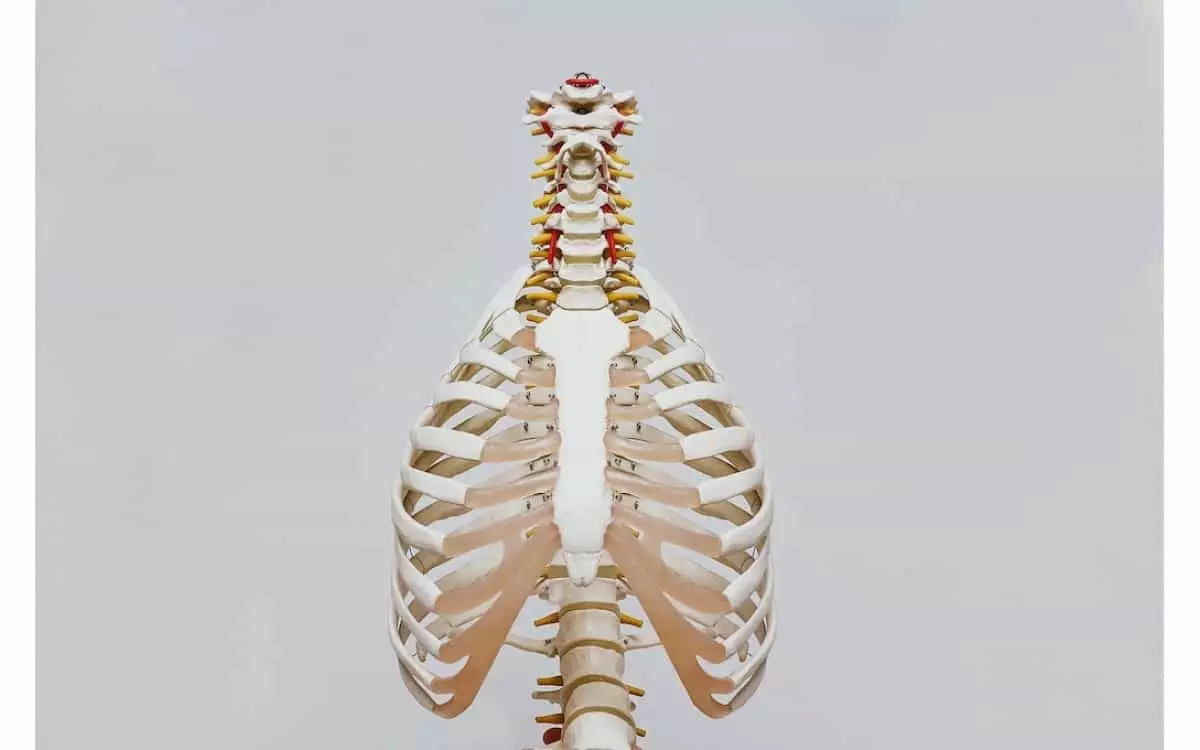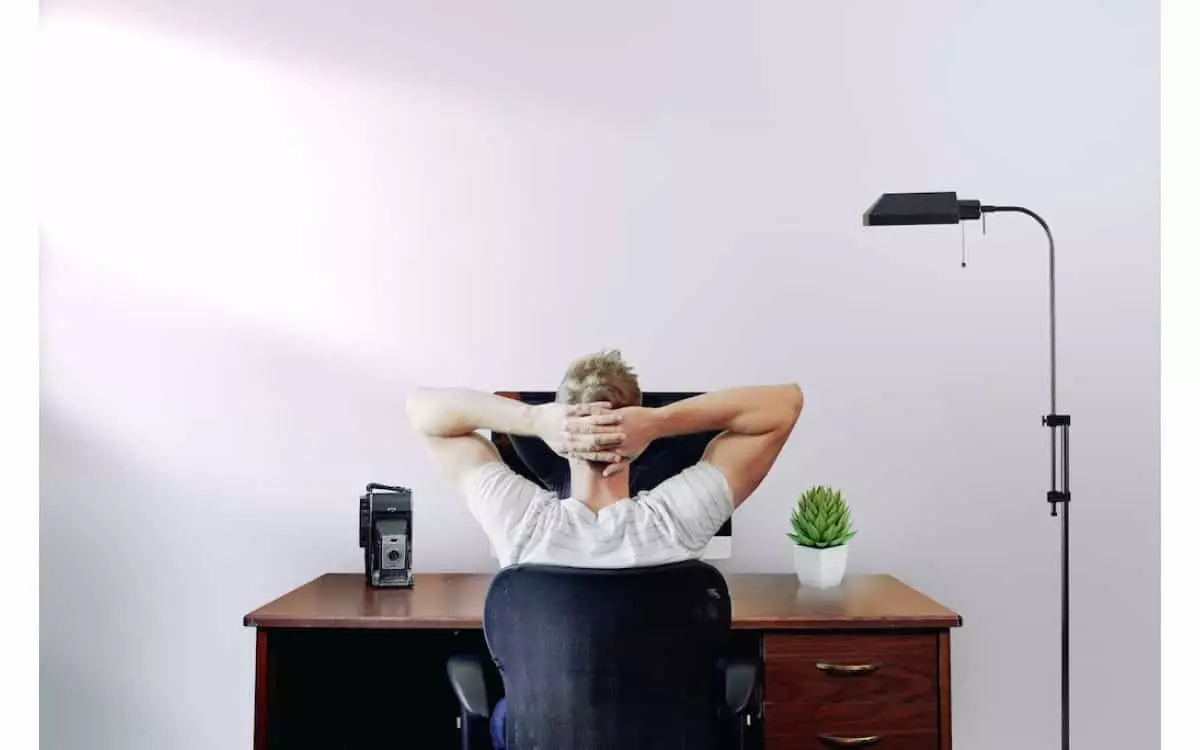Sitting too long and too often can create lower back pain. We all know this, but do we understand the root cause?
The two most common causes of lower back pain while sitting are discogenic lower back pain and spinal stenosis (central or foraminal).
How do you know if you have one or the other?
Typically a detailed examination and history by a skilled medical provider can narrow down the diagnosis. Self-diagnosis is not often correct since there is not one “smoking gun” sign or symptom that is specific to either type of lower back pain.
Fortunately, we can use our pain as our asset and figure out what positions and postures our lower back can tolerate better. Finding our body’s sweet spot is the simplest way to release pressure from symptom-generating structures like low back disc herniations or stenosis.
Finding your sweet spot also helps to select what type of chair will help to settle your lower back pain, since we all have to sit at some point in our lives.
Test 1: Stand up and bend forward
Test 2: Stand up and bend backward
Test 3: Sit down and place your hands on the floor
Test 4: Sit down and bend backward
Did your body like forwards only?
If you are over 55 years old and you have had a long history of lower back pain, you may fare better with a softer chair. Or if you have a firm chair, you can reduce some of your lower back pain by making your posture perfect and subtracting 10% of that perfection. Relaxing your spine’s muscles may make a world of a difference.
Did your body only like backward bending?
If you’re under 55 years old and your back pain seems to be only tied to sitting, you may benefit from a shorter depth chair with no arms and a lumbar support for your chair and car.
Have a mixed bag of findings? Here are some other considerations.
- If you find your pain is worse when you wake up in the morning, get a lumbar support.
- If your pain is gone after you start to walk around, get a lumbar support.
- If you find your back pain increases the longer you walk, consider a softer seat.
- If you have a “crooked spine,” get a lumbar support.
What causes low backs while sitting?
Lumbar spine disc herniations occur more often from repeated rounded posture or poor lifting mechanics (flexion and compression).
Posture
Poor posture over months to years can create disc sensitivity to the rounded spine posture.
This is why sitting up taller tends to help many people. Disc sensitivity peaks during the years of 30-40 yet it can happen with people in their teens to 50s.
Age
People over the age 55, generally have more low back pain due to stenosis (a form of arthritis) where narrowing of the tunnels within the spine occur. People over the age of 55 can have discogenic lower back pain as well, yet people in their 20s tend to not have stenosis since it takes years to build up bone in the spine.
In the past this was thought to be because of older age, yet current theory shows that age is not the only factor predicting stenosis. Past lower back pain and poor spinal mechanics with sitting and lifting tend to force the spine to adapt in this way to accommodate for how it is being used.
In short, arthritis and stenosis may be in part to how you use (or abuse) your spine throughout your lifetime. Age and hereditary factors may play a part but they are far from being 100% predictive factors.
How to manage back pain?
If you are having trouble solving your back pain on your own, consider finding a medical provider (MD, sports chiropractor, physical therapist, acupuncturist) who is skilled at lumbar spine examinations. A thorough examination will take longer than 15 minutes to perform so beware of providers who are not giving you enough time to tell your story.
The resolution of lower back pain typically does not require surgery, injections, or medications.
Modifications of triggering situations (sitting, driving, bending over, etc) can help spare the spine so you can live a long active life. Rehabilitation of the spine and hips tends to help most people. Here are some suggestions from a trusted authority on lower back pain.
If you’re having trouble sitting for long periods, get up and walk on your breaks. Changing positions will give your spine a chance to desensitize, regardless of your diagnosis. Pain is painful, but remember that pain is the way your body communicates with you. Listen to it.
Get up and walk more often and it may make your sitting hours more tolerable.





